There is a great sycamore tree in Brady Lake, Ohio, that sings all winter. Not everyone can hear it, but to those who can, it is a song lovely beyond words. All day the appaloosa-patterned tree catches the low winter sun in its white upper limbs and turns all that light into music, even as motorcycles roar past on the road between the tree and the lake.
From the top branches, if you looked over the little hill, you see where the Spiritualist Camp used to be. The Spiritualists came in the 1800’s. I suppose they thought this a good place to commune with the dead. Perhaps it was the singing of the sycamore that really drew them here.
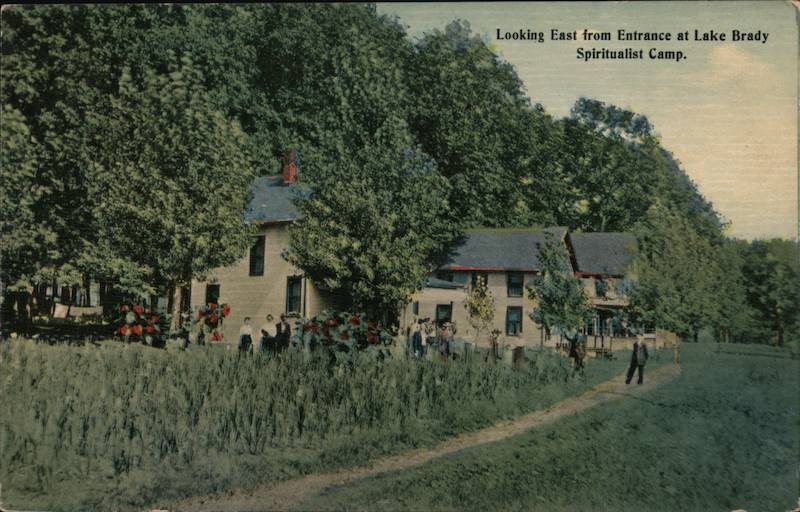
Within the shade of the sycamore, when the sun is low in the east, there is a small house that used be a church. Not a megachurch, or even a regular church, it was a kind of mini-church, the kind of church where the preacher was no rock star, but maybe another factory worker like the men and women in attendance. The building is no longer a church, nor is that other building closer to the lake, the one with a cross mortared into the cinderblock front wall. With the churches decommissioned, what has become of the faithful?
It is hard to say how the song makes you feel. Some hear it and find ecstasy, while others become overwhelmed with sadness. Brady Lake itself casts a similar spell.
Brady Lake, Ohio, on the first day of winter, with its decaying cottages and little houses that once were churches, an oasis for spiritualists or bootleggers, a rest stop on the great native American trail from the source of the Ohio River to Sandusky Bay. Brady Lake, a teardrop left by the last ice age glacier. Brady Lake, a working class dream, like Summit Lake, like Myers Lake, like Silver Lake and Chippawa and Geauga, a dream that gave some hope to weary workers in nearby industrial cities. Brady Lake, a water source to feed the canal that once joined Akron to Pennsylvania. Brady Lake so full of joy and sorrow it laughs and weeps under the lowest sun of the year.

The sycamore has been here a long time. Decade after decade it has breathed in the candle smoke of seances, the cigar smoke of gamblers, the exhaust of pickup trucks and tricked out Harley hogs, and our own exhaust, the whiskey breath, the smell of cotton candy, the laughter of ten thousand children, and their tears at summer’s end. And yet, this sycamore is only a daughter of the great sycamore that came before, a tree so wide and hollow at its base that traveling warriors camped inside it.
Once, legend has it, a medicine woman gave birth to twin daughters inside that immense tree. Both grew up to be prophets. One went east, one went west, and both foresaw an apocalypse for Native Americans. In a sense, this daughter tree that sings so sweetly is an extension of the great tree that came before. Maybe some prehistoric tornado swept up the old tree, save for one limb that was blown and twisted into the wet ground where it took root and became the great tree we hear today, a tree that remembers the lake untouched by white settlers. Once a local farm girl came here to weep. She had been wooed, won, and cast aside by a horn player in one of the visiting big bands at the Dance Hall over in Brady Lake Electric Park. Did he play for one the Dorsey brothers, or Cab Calloway? No one remembers, but whoever he was, this girl meant no more to him than a shot of gin or a cigarette. Feeling hopeless, she leaned on the sycamore and cried and cried. Eventually the sycamore took pity on her and welcomed her in, and no one ever saw her again, but the crying continued for the longest time. She cried when the last roller coaster went down the big hill by the lake, and she cried when the carousel stopped turning. She even cried when the last piece of the carousel was hauled away in a wave of gentrification along the east shore of the lake. Some claim to hear her still, forever young, whenever the tree sings, such is the depth of the song.
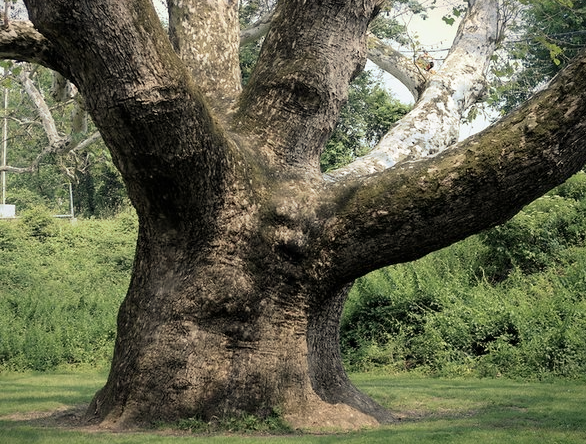
Others think the song is more of an endless hymn of praise to the one-legged tree god, and it is that, but it is also so much more. There is information in the songs of singing trees. Maybe it is only analog information, but, even so, it is everything one sycamore needs to tell another, and so an endless message is passed across the road to the young trees all around the lake, and even to the floodplain sycamores lining nearby Breakneck Creek, where the song is repeated, revised, and passed on as each tree adds its own news.
The song moves both ways in the creek valley, down to the Cuyahoga River, eventually to Lake Erie, but the song also goes up the creek where it, like the old canal, jumps the continental divide and descends along streams that lead to the Ohio and the Mississippi Rivers. Once the song reaches the great sycamores of the Ohio valley, it even intensifies, with each tree adding its own improvisational magic, the big valley throbs into a fugue of ten thousand voices, up and down the mighty river. Some of the old riverboat captains who pushed oil and coal barges up to Pittsburgh or down to Cincinnati claimed that they could run true in a fog thanks to the music of the trees. The pulsing song-chain must be a kind of internet for the sycamores, those hyper-intelligent brainless trees that never ever wonder if Facebook wants us all to get together.

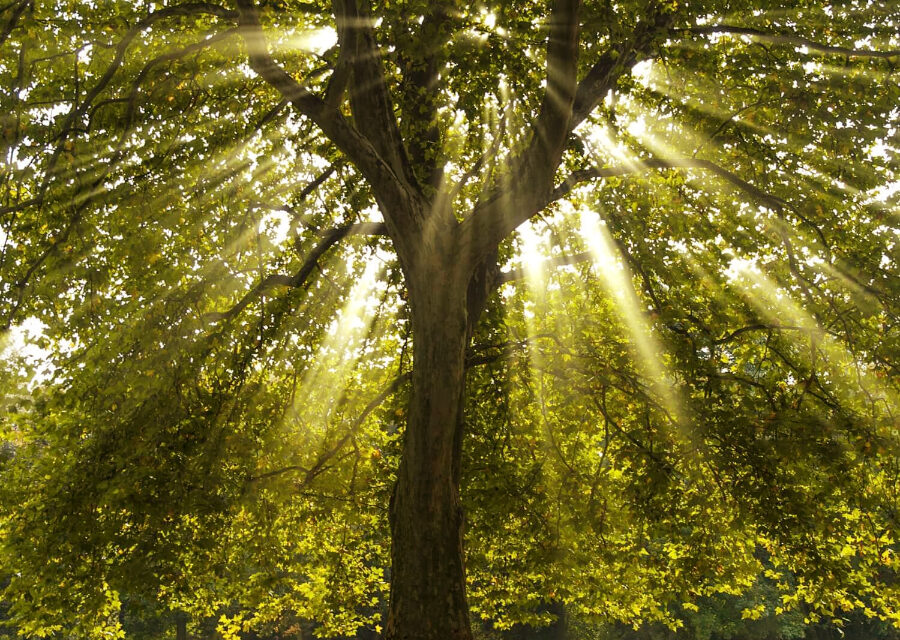
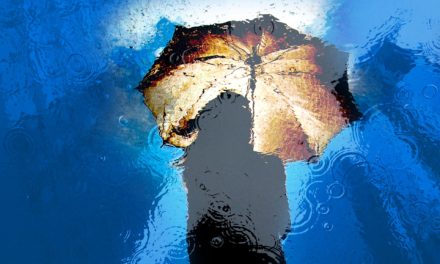
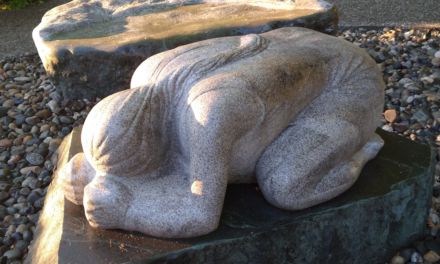

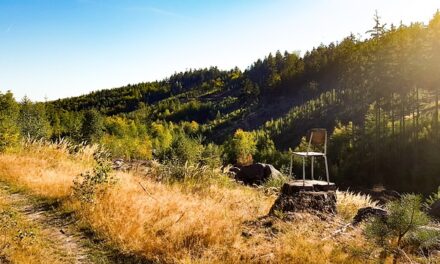

Wondrous and beautiful! Thank you, Robert.